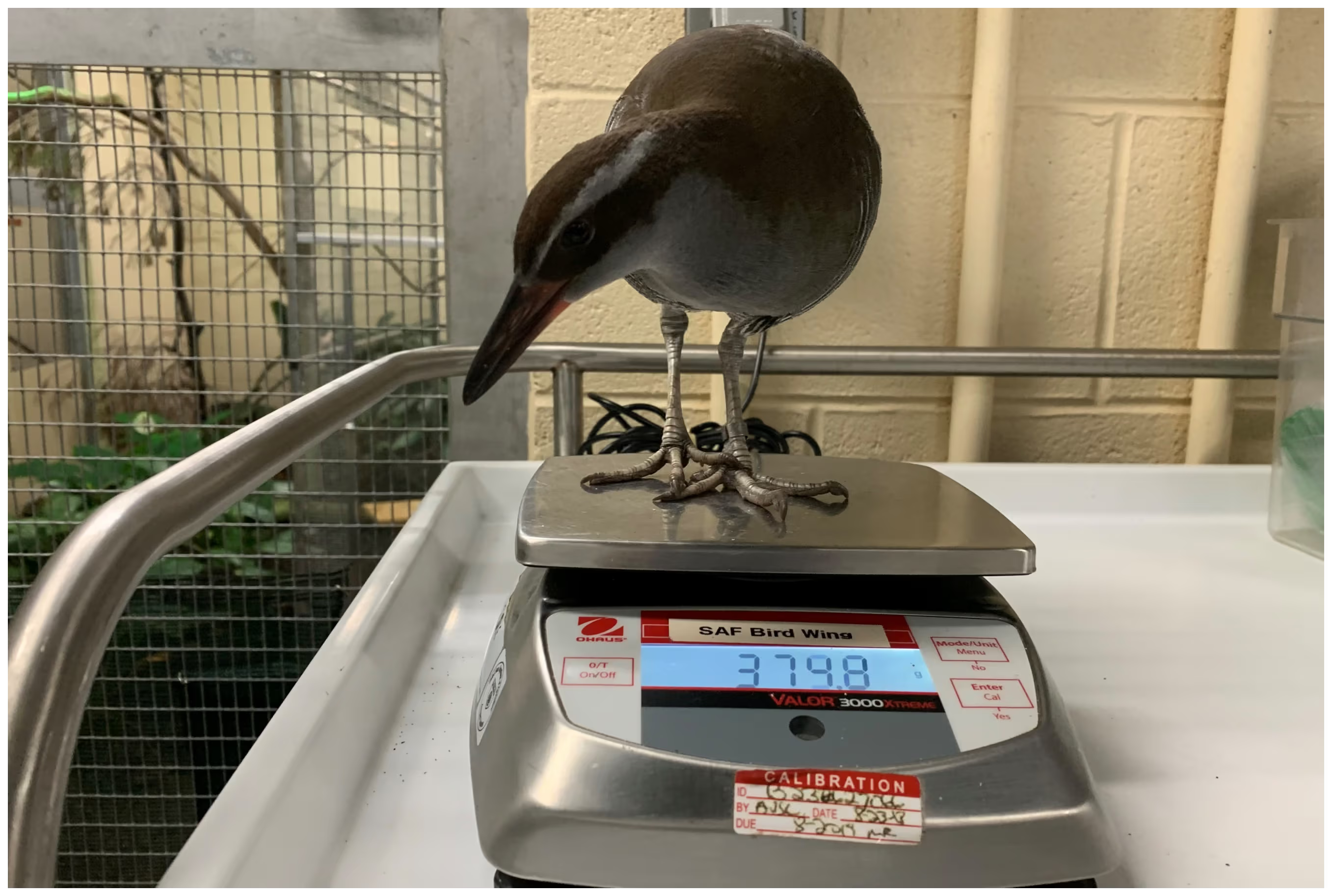Poultry bird weight is an important aspect in any large scale and commercial poultry farming operation.
Purpose of monitoring poultry bird weight:
- Assess Growth Rate: Monitoring bird weight helps ensure that the birds are growing at the expected rate.
- Feed Efficiency: Weekly weight measurements provide data to calculate the Feed Conversion Ratio (FCR) over the week, helping optimize feed usage.
- Health Monitoring: Any significant deviations from the expected growth curve could indicate potential health issues or nutritional imbalances.
If you’re a commercial poultry farmer we think it is important for you to monitor and track poultry bird weight as a way to track the achievement and maintainance healthy body weight. Moreover, tracking bird’s weight will enable you to calculate the productivity of your flock via FCR.

Also see how you can maximise flock performance via data insights.
What is poultry bird weight?
Poultry bird weight refers to the average weight of the birds in the flock at specific points during their growth cycle. As already mentioned, this is typically measured to track the growth progress of the flock.
Furthermore it is used as a variable in the calculation of FCR. Importantly still, poultry bird weight is used to assess the overall health and development of the birds.
Bird weight is typically measured by sampling a small number of birds in a flock each week, as measuring all birds can be impractical. It is important to track the average weight consistently over time to identify trends or problems early, such as insufficient growth or issues with the feed.
How important is it to monitor poultry bird weight?
There at least two factors why it is important to monitor your poultry birds weight.
Achievement and maintaince of healthy body weight
Poultry bird body weight is one factual way that you can monitor your flock’s health.
For a number of reasons, your flock may be unhealthy without really showing disease symptoms. Therefore body weight is one way you can detect underlying issues in your flock.
How does this work?
Say you weigh your layers birds for week 3 and realize that they are slightly underweight. That immediately puts you into an investigatory mode of trying to find out what flock management activities are not working.
Consequently, you will likely discover a point of improvement and make a change to rear a healthy flock.
Achievement and maintenance of healthy poultry bird weight is even more important if you’re raising a broiler flock. This is because majority of commercial broiler flocks are sold off by body weight. Thus selling off a broiler flock that is underweight will for sure mean you incur losses in your farming operation.
Calculation of flock productivity: FCR
Besides tracking flock health, poultry body weight is also used in the calculation of a flock’s productivity. This calculation actually applies to all livestock and is referred to as feed conversion ratio (FCR).

Essentially, in poultry farming FCR refers to how efficiently your flock is converting consumed feed into body weight gain and egg production.
Yes, FCR is a bit technical and scientific, but it does give you an good measure of your flock’s efficiency. In spite of FCR being a technical or scientific it is actually easy to calculate using freely available calculators online. You only need to have a few variables at hand
- Poultry bird weight – The total weight gained by the poultry birds over the same period or the final weight of the birds at the end of the growth cycle.
- Amount of feed consumed – The total weight of feed given to the poultry during a specific period e.g., in kilograms or pounds.
FCR calculators
Omni calculator FCR calculator is one example of several FCR calculator you can find on the internet. Such FCR calculators help determine what poultry records you need to calculate FCR. Furthermore, you don’t have to do any manual calculations. You simply need to input respective numbers and the app does the rest for you.

Additionally, there are mobile apps with which you can do FCR calculations.
How to measure poultry bird weight
Monitoring and keeping track of poultry bird weight is simpler than you may think. After all, all you need is a bird weighing scale.
To begin with, obviously you need to a poultry bird weight monitoring chart. Of course, this you can readily obtain from your flock supplier. However, if that is not possible, you can obtain a poultry bird weight monitoring chart from a certified poultry vet. The only requirement here is that you ensure that the chart is specific to your poultry breed and type.
For instance, if you’re farming an Isa Brown layers flock, then your poultry weight monitoring chart should be specifically for that. Not another breed or variant, or broiler flock.

Once you’ve a respective poultry bird weight monitoring chart such as the one above, you can proceed to weigh your birds against respective benchmarks. Of course you can use a weighing scale of your choice, or consider automatic poultry weighing scales.
As we done already mentioned above:
- Bird weight is typically measured by sampling a small number of birds in the flock each week, as measuring all birds can be impractical.
- Additionally, it is important to track the average weight consistently over time to identify trends or problems early, such as insufficient growth or issues with the feed.

